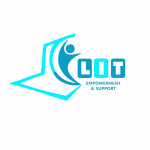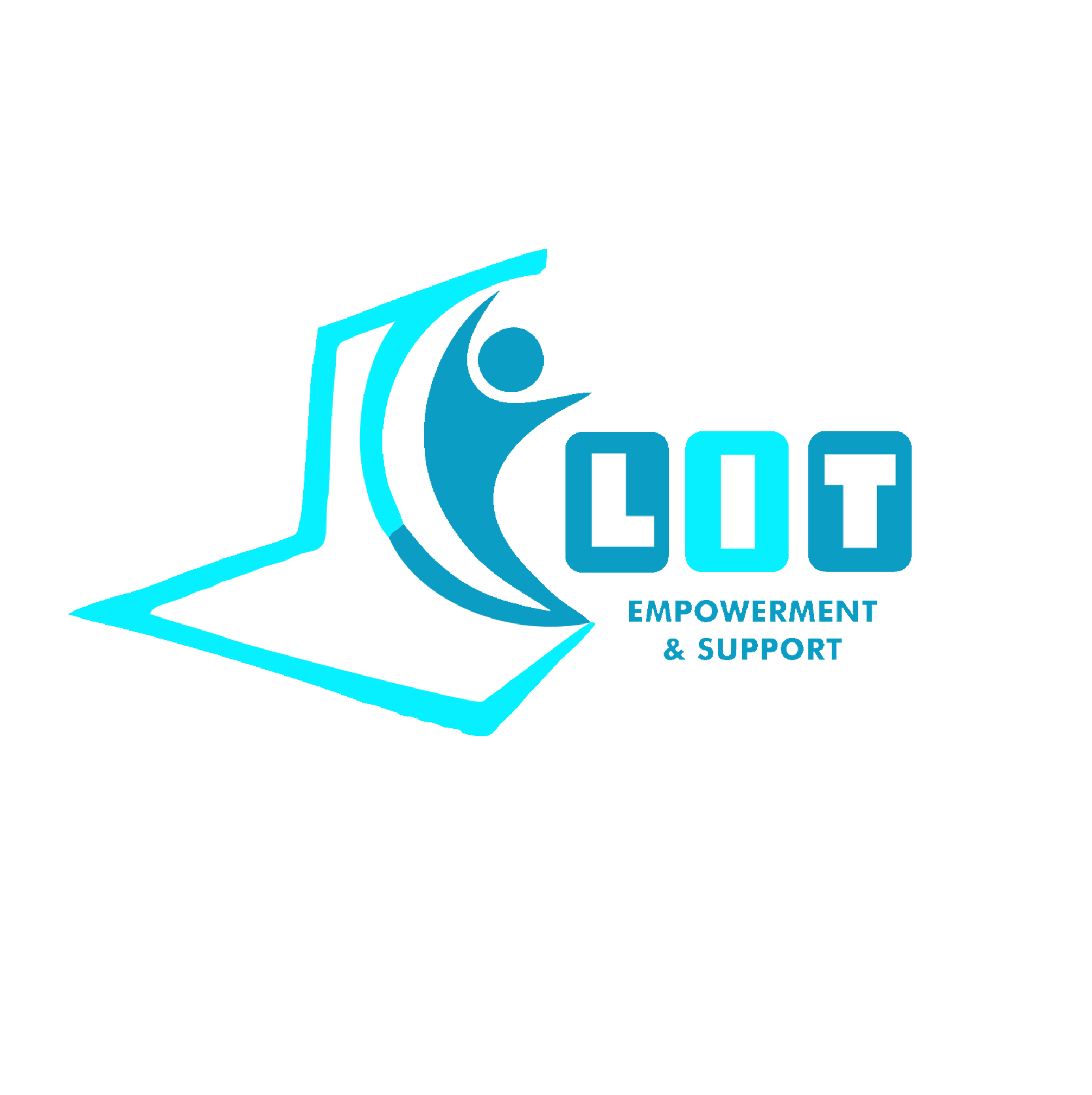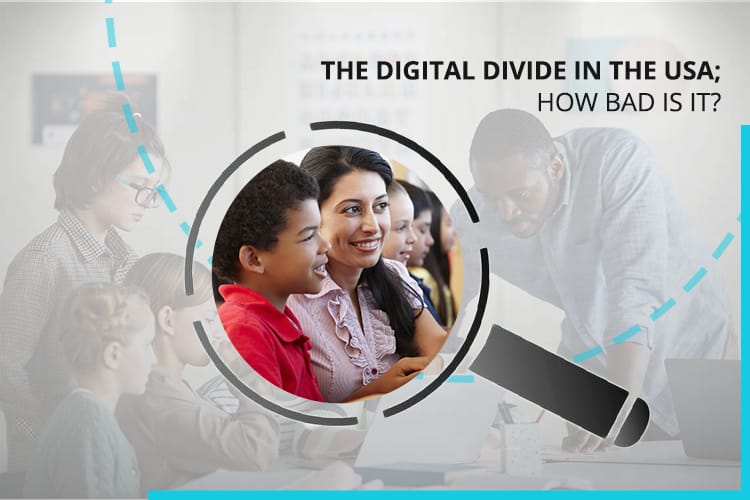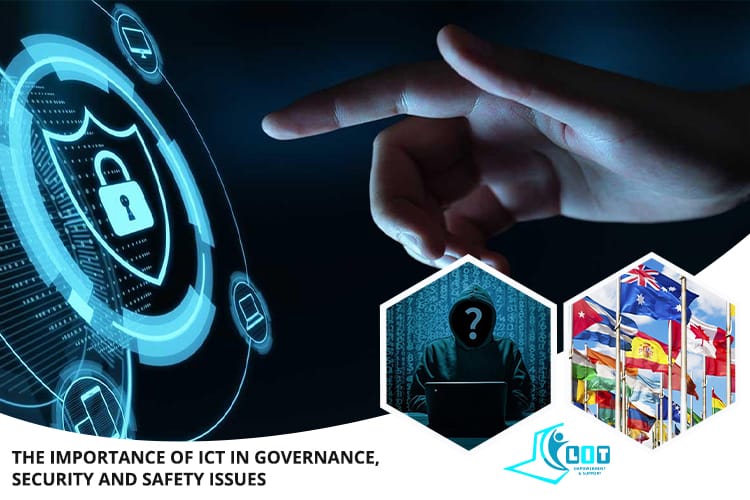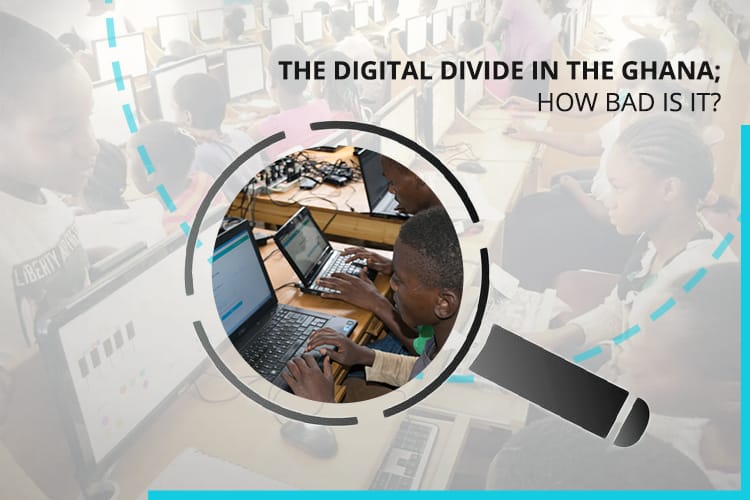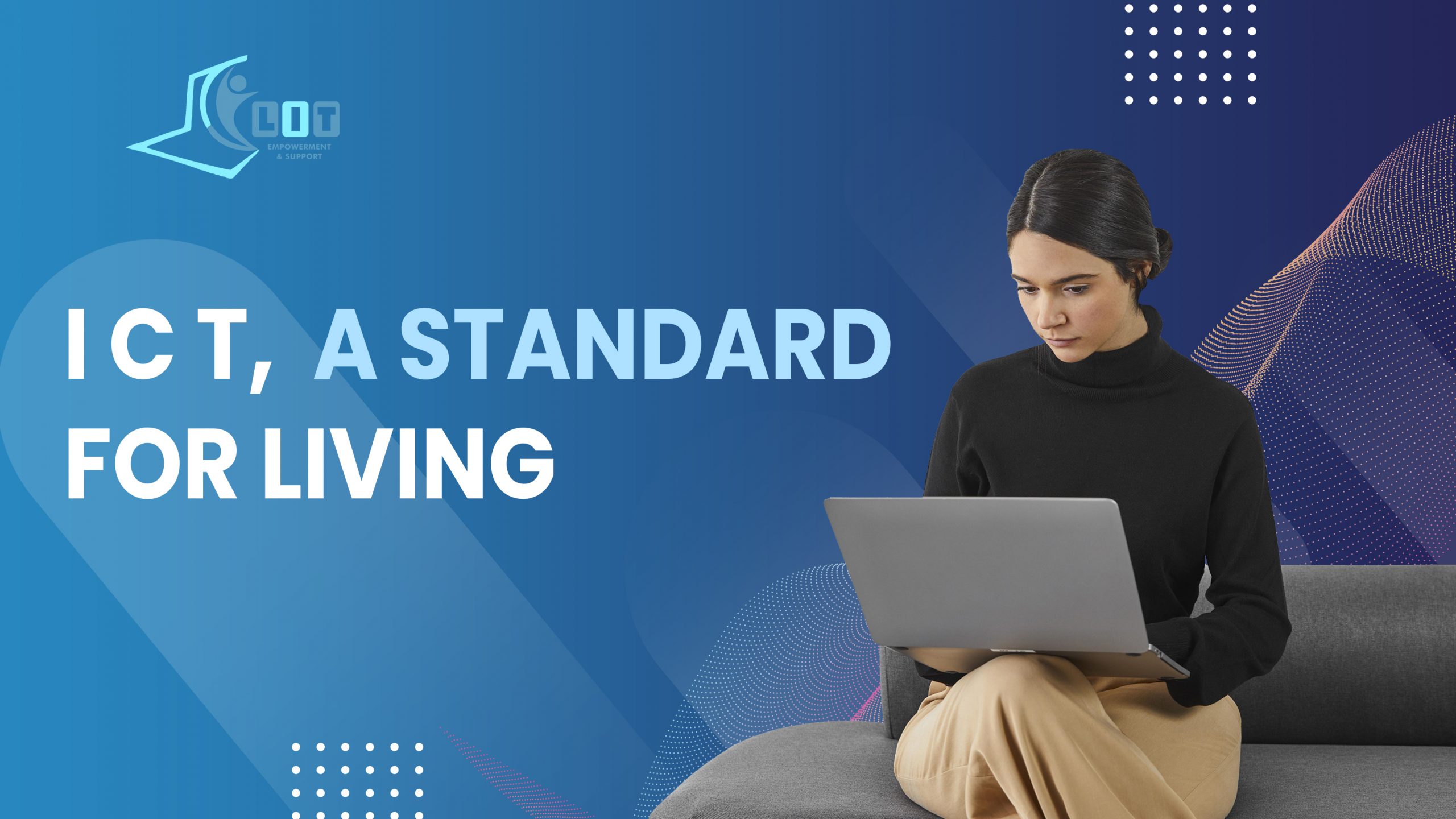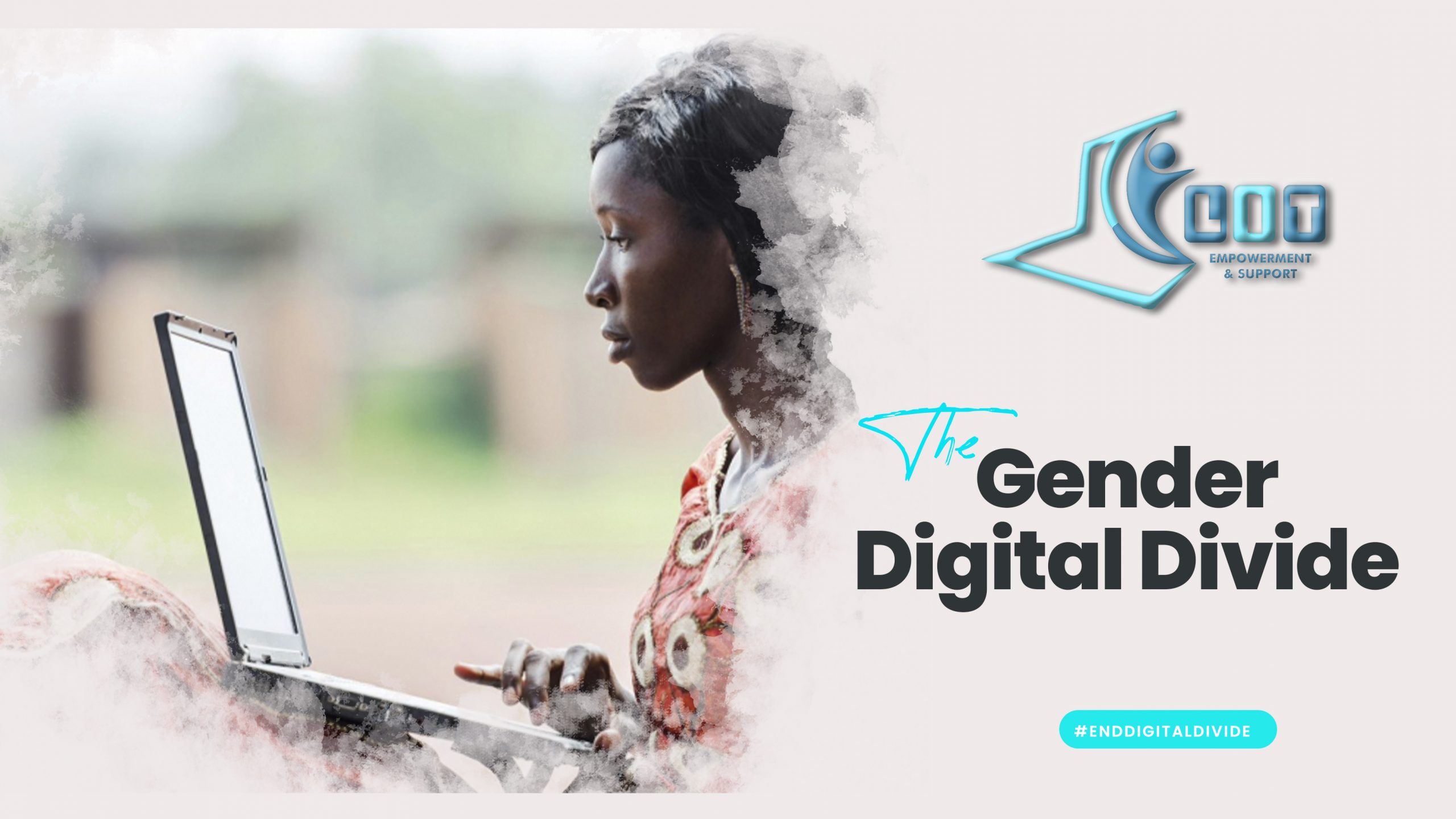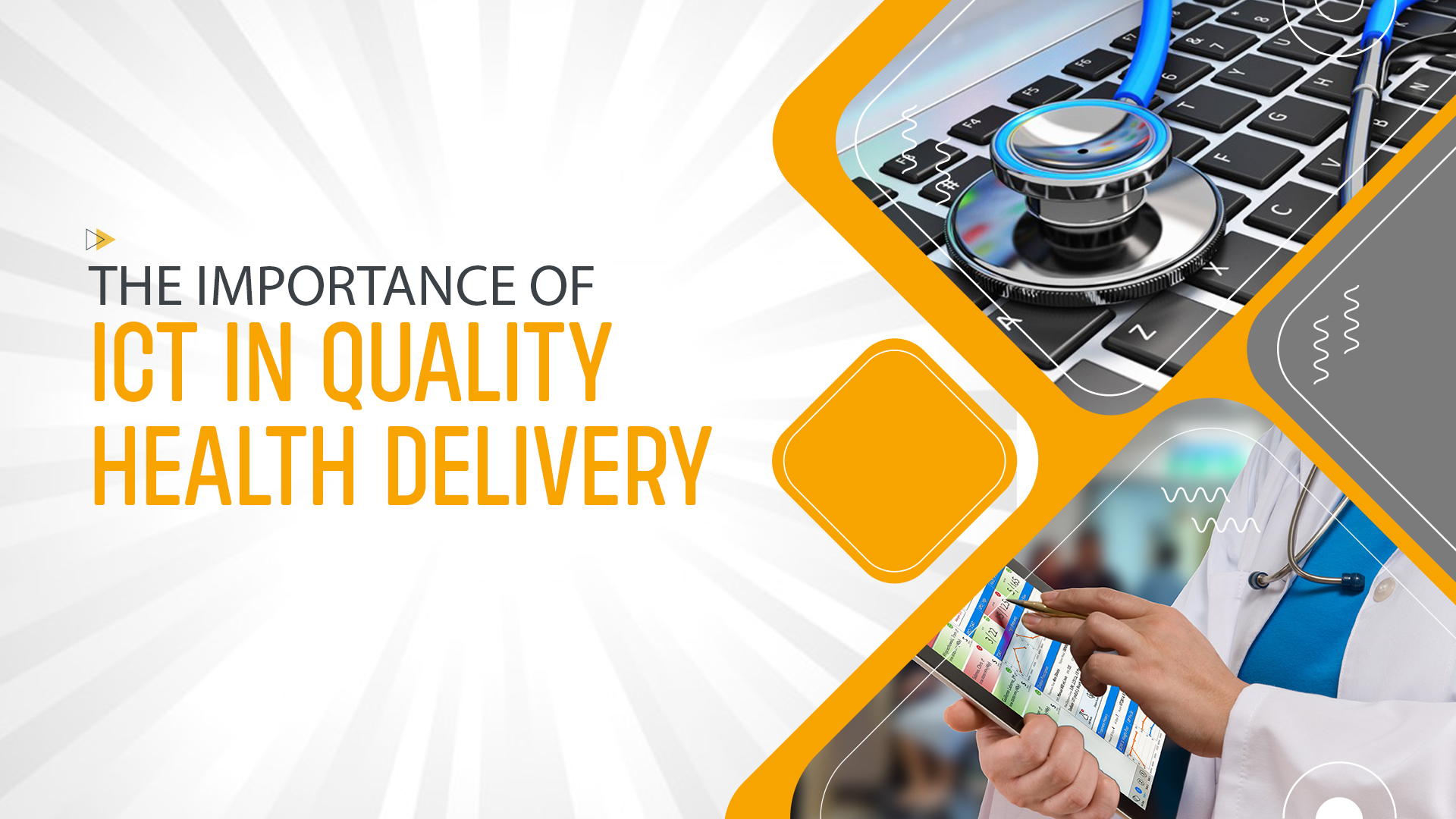In today’s world, the internet is no longer a luxury; it is a vital tool for education. It gives students access to digital libraries, virtual classrooms, and countless learning resources. Yet across rural West Africa, millions of students remain disconnected. Poor infrastructure, high costs, and limited skills continue to restrict educational opportunities for those who live outside major cities.
A Persistent Digital Divide
While West Africa has made progress in expanding internet coverage, the divide between urban and rural areas remains stark. Cities like Accra, Lagos, and Abidjan enjoy fast broadband and mobile connectivity, but many rural villages still have weak or no service. Some schools lack computers or even electricity, making online learning impossible.
According to regional estimates, fewer than 40 percent of people in West Africa use the internet regularly—and the percentage in rural areas is far lower. Students in these communities often depend entirely on traditional teaching methods, while their urban counterparts benefit from digital resources that make learning faster and more engaging.
Why Rural Students Struggle
1. Limited Infrastructure
Many rural areas lack the basic infrastructure needed for internet access. Building mobile towers or fiber networks in remote regions is expensive, and private companies often avoid such investments. Schools without reliable electricity cannot power routers or devices, even when coverage exists.
2. High Cost of Access
Affordability remains a major barrier. Smartphones, laptops, and data plans are costly compared to average rural incomes. A monthly internet package that seems cheap in a city can consume a large share of a farmer’s earnings. As a result, many students share devices or travel long distances to access public internet facilities.
3. Low Digital Literacy
Even when the internet is available, many students and teachers lack the skills to use it effectively. Few teachers in rural schools have received training in digital education, and online content is often available only in English or French, leaving out speakers of local languages.
Educational Consequences
Lack of internet access limits what and how students learn. During the COVID-19 pandemic, rural schools without connectivity shut down completely, while urban schools shifted to online learning. The gap in digital exposure also affects teachers, who miss out on training opportunities and access to modern teaching materials. Without connectivity, rural students are left behind in an increasingly digital world.
Emerging Solutions
Efforts to bridge this divide are underway. Governments and private companies are expanding mobile broadband into remote areas through partnerships and incentives. Solar-powered Wi-Fi hubs and community networks have begun connecting schools off the power grid. Satellite internet providers, such as Starlink, are also reaching remote locations once thought inaccessible. Meanwhile, non-profits like LIT Empowerment and Support are training teachers and students in basic digital skills, helping communities make the most of new connectivity.
The Road Ahead
To ensure that every student can access online learning, West African governments must prioritize rural connectivity in their education policies, with support from nonprofits. This means investing in infrastructure, making data affordable, and supporting schools with training and equipment. Collaboration among governments, private providers, nonprofits, and local communities will be essential to make access sustainable.
Conclusion
For students in rural West Africa, internet access can transform education and opportunity. It connects them to knowledge beyond their classrooms and prepares them for a digital future. Bridging this gap is not just about technology; it is about fairness and the right to learn. By ensuring that every child can connect, West Africa can take a major step toward a more inclusive and equitable education system.
